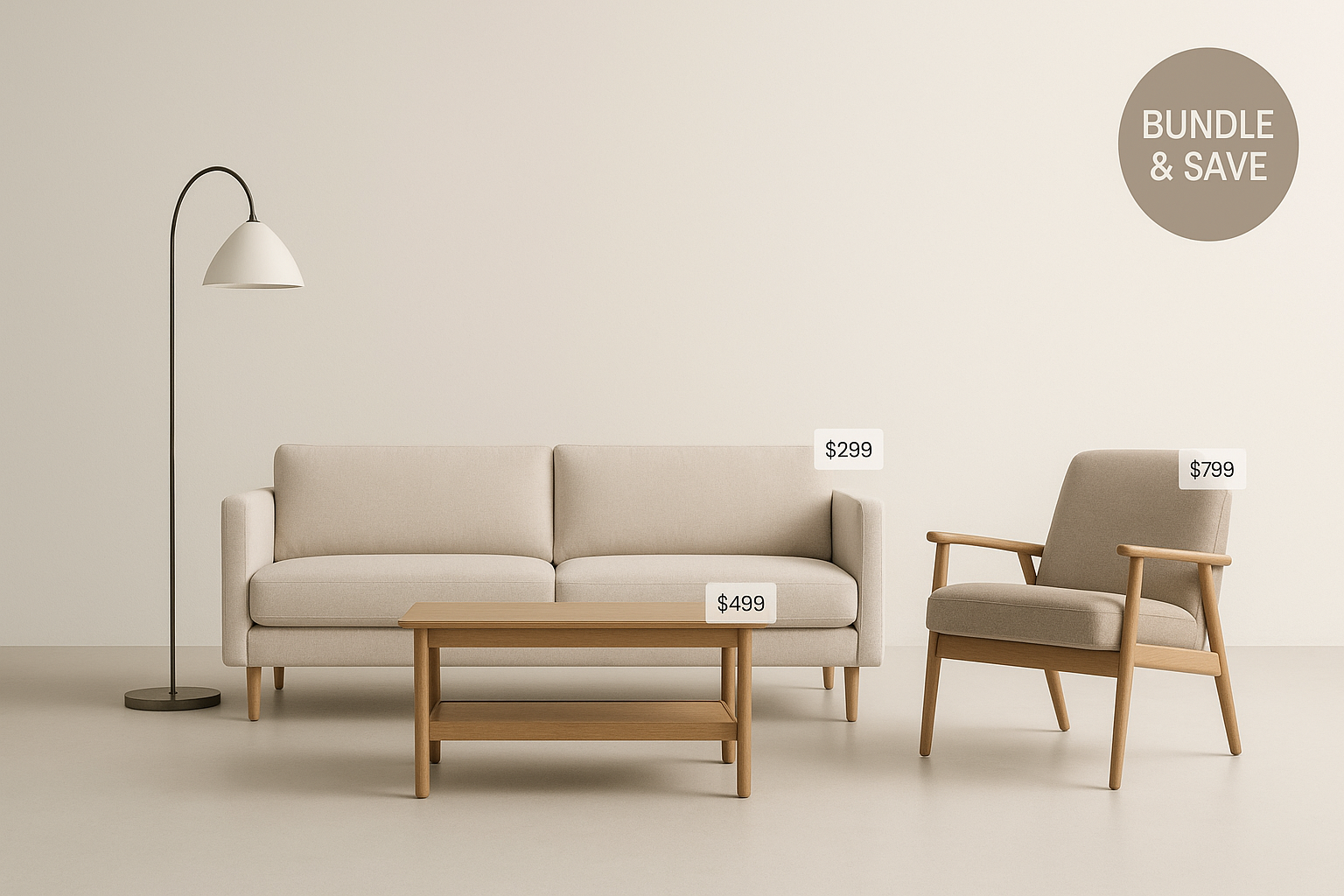Cramped stalls and pint-sized kiosks have traditionally prevented manufacturers of large and unwieldy items from showcasing products in their full glory at trade fairs and exhibitions; 3D and augmented reality (AR) technologies are upending that paradigm – with a super-sized solution.
Key takeaways:
- Why the business case for face-to-face events is (still) hard to match
- How manufacturers of heavy and unwieldy products can finally unlock the opportunity with 3D and AR technologies
- The 4-step play

Trade fairs, exhibitions and in-person meets may have come under severe competition from digital channels in the wake of the pandemic, but the allure of a face-to-face remains evergreen. Part of the reason for that is that humans have been ‘social’ animals since long before the term became a fad, and the power of physical interaction remains unmatched. Our brains are better synced with others when we are in the same room, we are easier to convince, and in general feel more positive and connected. All of which makes for a compelling business case in favor of physical events and trade fairs. No wonder companies allocate nearly a third of their total marketing budget to events and expos, and the global exhibition market is slated to top US$50 Bn by 2025.
Stats tell the story
- 92% of attendees visit expos and trade events with the explicit objective of exploring new ideas and discovering new products.
- 82% of folks attending trade events and shows typically carry buying authority.
- 46% of executive decision makers go ahead and take vital purchase decisions in real-time during the event.

Left out
There’s one tribe, however, that has largely been left out of the party: manufacturers of physically heavy, unwieldy and outsized items. These businesses can’t best showcase their products in the regular trade show format (or, at least, find it a difficult platform for which to optimize) due to weight, dimension and space restrictions. The same is true for locationally challenged companies situated in remote areas for whom transportation constraints can be forbidding. Sure, companies take huge products to fairs (luxury car launches at auto expos, for one, regularly make the headlines), but it can be a cost and logistics intensive affair.
Levelling the playing field
3D and AR technologies emerge as a clear game changer here by eliminating the need for physical proximity. We’ve previously examined how 3D/AR are reimagining customer engagement and brand outreach across the B2B and B2B2C terrain. By employing bespoke 3D and AR techniques – such as the ones being pioneered in the labs at Enhance – makers of industrial equipment, furniture and automobiles, for instance, can now pull off the unthinkable: welcoming prospects to a try-before-you-buy experience, a perk that has traditionally been the preserve of tablet, juice and denim brands. Not anymore.
Converting the trade fair kiosk into an amphitheater
While some 3D and augmented reality experiences require elaborate gadgets and gear, others (like Enhance’s mobile-first innovation) are far simpler to use. A mobile phone is the only equipment manufacturers and brands need to turn their tiny trade fair stall or exhibition pavilion into a larger-than-life performance stage. As their product comes alive in spectacular imagery and riveting detail, business leaders take a giant step towards nailing the holy grail of customer experience: a memorable first impression.
Specifically, a mobile-driven 3D and augmented reality interface allows one to:
- Overlay the product in a variety of settings to help potential adopters understand not only every use-case, but also whether the product will be a snug fit in the users’ environment.
- Alter contour (physical specs), color (visual allure) and context (setting and background) at will, to open new windows of possibility.
- Keep refining the product with granular and real-time user feedback - not unlike on-the-spot ‘live sampling’ exercises that are the favorite of B2C brands.
- Maximize attendance and amplify media buzz (both of which optimize the ROI of event participation – which can be costintensive – measurably) by mailing captivating 3D and AR promos and previews of the product to event visitor lists, prospective clients, PR firms, industry portals, journalists, tech writers and the influencer community.
By opening up the potential of the next trade fair or live expo, 3D and augmented reality tech unlocks a whole new universe of opportunity for marketers and manufacturers of heavy machinery and unwieldy products. It’s a pocket-sized solution that comes with super-sized possibilities.






